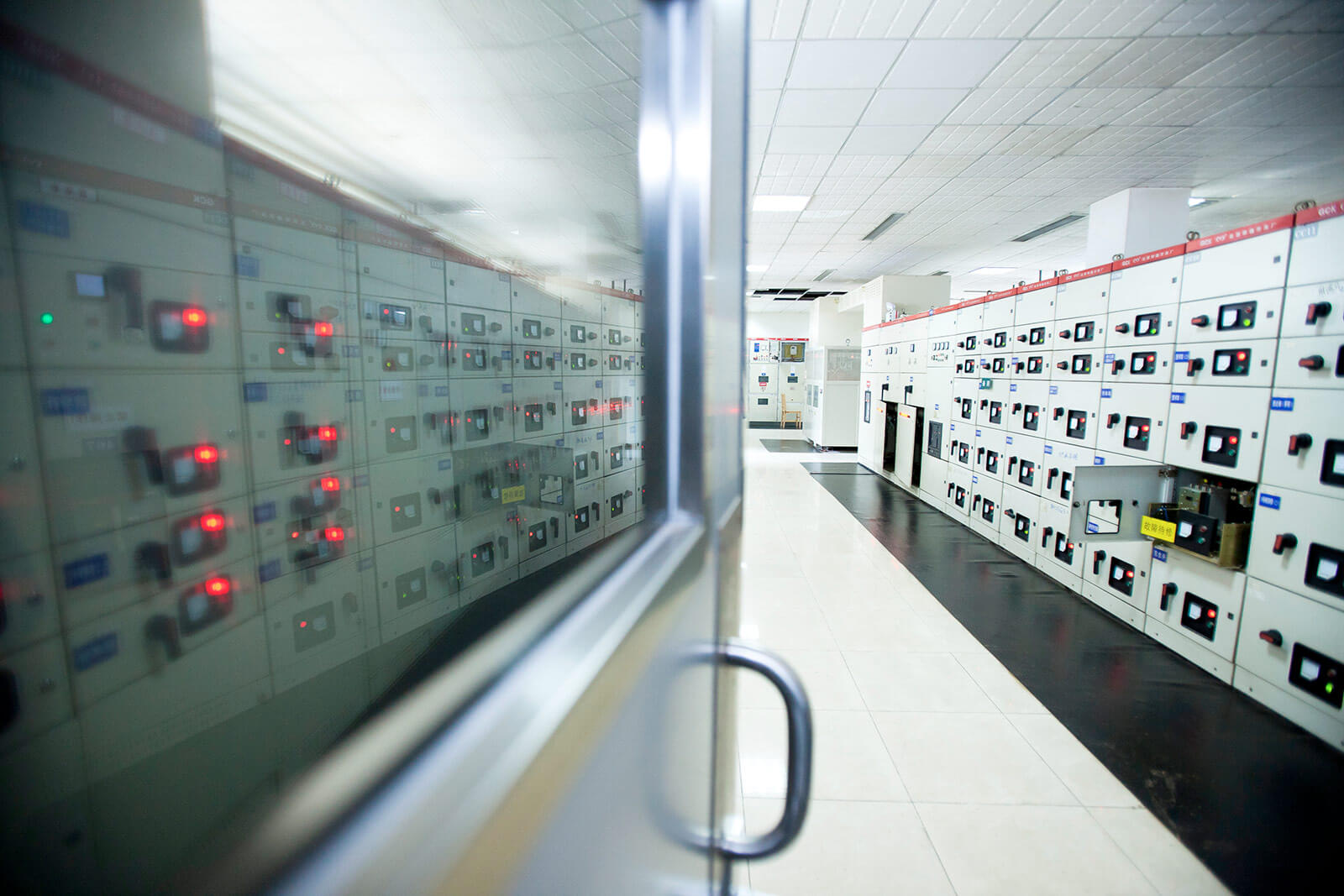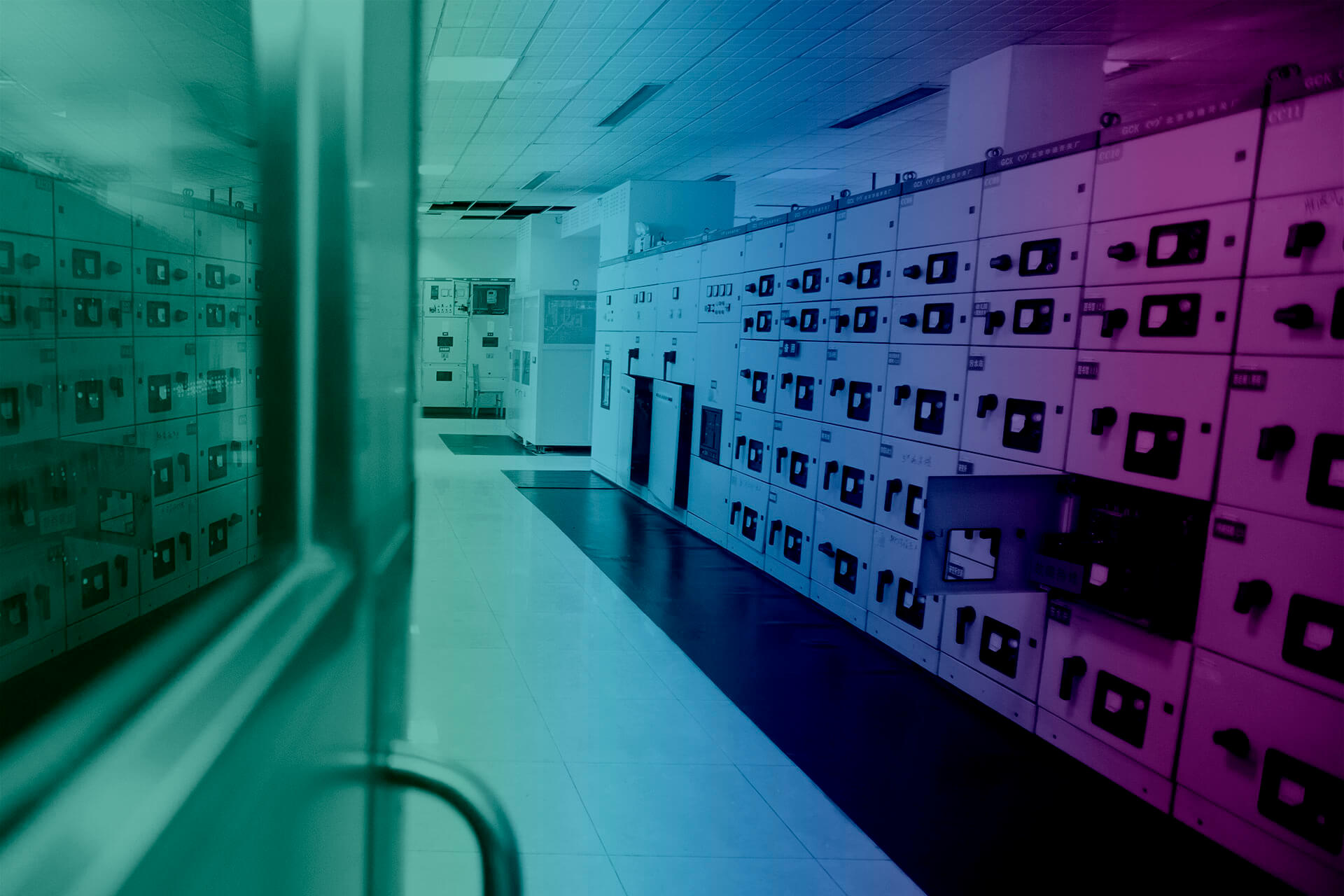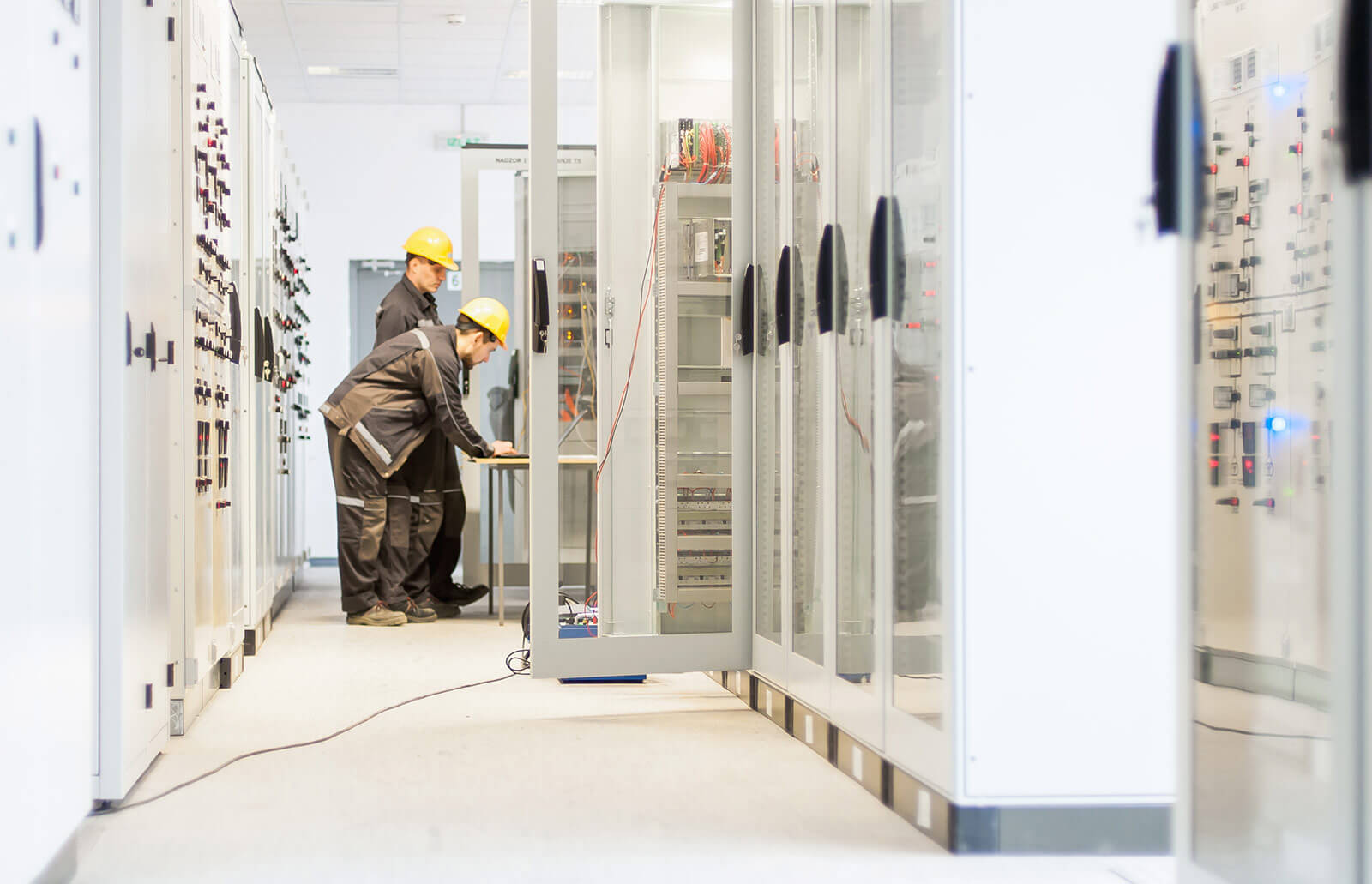Electrical problems in healthcare facilities around the world are an issue of vital concern. Lack of maintenance, ageing devices or overloaded electrical systems are just some of the reasons behind these problems.
What are we really facing when we talk about electrical problems in healthcare facilities? To what extent is it necessary to improve electrical safety in hospitals? Let’s take a closer look at the facts.
A global situation
At the beginning of 2023, we learned some shocking facts: 1 in 8 of the world’s inhabitants receive healthcare in facilities that lack a reliable electricity supply.
To put it another way: almost 1 billion people in low- and lower-middle-income countries around the world have healthcare facilities that lack reliable electricity. So says a new report by the World Health Organisation (WHO), the World Bank, the International Renewable Energy Agency (IRENA) and Sustainable Energy for All (SEforAll).
To put it in perspective: it is the equivalent of the sum of the populations of the United States, Indonesia, Pakistan and Germany combined.
The report presents the latest data on the electrification of health facilities in low- and middle-income countries. It also projects the investments needed to achieve adequate and reliable electrification in healthcare.
“Almost 1 billion people in low- and lower-middle-income countries around the world have healthcare facilities that lack reliable electricity.”
For example, in South Asian and sub-Saharan African countries, more than 1 in 10 health facilities lack access to electricity, while in half of the facilities in sub-Saharan Africa, power is unreliable.
According to a World Bank needs analysis included in the report, 2 out of 3 health facilities in low- and middle-income countries require some form of urgent intervention (e.g. a new electricity connection or a back-up power system), and some EUR 4.528 billion is urgently needed to bring them up to a minimum level of electrification.
While it is true that the report focuses on a group of countries that is not representative of the entire planet, and that it does so with a greater focus on rural or semi-urban areas, these are worrying figures that we can ignore.

Electricity problems in healthcare facilities
Hospitals rely heavily on electricity to function properly. From lighting to medical equipment to advanced information technology, there are a myriad of tools that depend on power.
There are several causes of electrical problems in healthcare facilities around the world:
- Lack of proper maintenance: This can lead to failures in electrical systems and ultimately to service interruptions.
- Overloading of electrical systems: Hospitals are energy-intensive places due to the large amount of medical equipment and advanced information technologies they use. Overloading of electrical systems can lead to power failures and in some cases even to fires.
- Problems with the external power grid: These can affect the power supply in hospitals, whether they are caused by the city’s power infrastructure or extreme weather events.

How to solve electrical problems in healthcare facilities?
The solution is often a complex process that requires a combination of strategies, although these do not rely solely on increased investment.
Here are some basic aspects to consider in order to solve potential problems in healthcare facilities.
- Regular maintenance of electrical systems: This is the cornerstone of ensuring that they function properly and avoid future problems. Health professionals and electrical technicians should carry out regular inspections and repair any problems that are found.
- Upgrading electrical systems: Upgrading and renovating electrical systems in hospitals can improve their efficiency and reliability.
- Installation of uninterruptible power supply systems: Uninterruptible power supply (UPS) systems are an excellent solution to ensure continuity of power supply in the event of a power outage. UPS can provide temporary power for critical equipment in the hospital until normal power is restored.
- Implementation of contingency plans: This is essential to ensure the safety of patients and hospital staff. They include procedures for the use of emergency generators, isolation of hazardous areas and prioritisation of critical patients.
- Train staff: This will enable them to respond appropriately in the event of a power outage. Healthcare professionals and maintenance staff should be aware of safety procedures and response measures in case of electrical emergencies.
An electrical problem is a very high risk in hospitals or health care facilities. Electricity is essential because it ensures the functioning of medical equipment, lighting, water supply and ventilation, and ultimately the health of patients and healthcare staff.

4 tips for improving the electrical system in hospitals
As is often recommended in the field of health, prevention is also better than cure in electrical matters. For this reason, there are a number of tips and preventive measures that can be taken to improve the electrical system in hospitals.
1. Upgrade electrical infrastructure
This can involve anything from installing new electrical equipment to upgrading power distribution systems, installing UPS, alarms and repeaters, improving grounding, etc.
2. Implementing control systems
Allows energy use to be monitored and adjusted in real time to avoid overloading the system.
3. Installing renewable energy generation systems
Such as solar panels or wind turbines, or opting for energies such as green hydrogen, can reduce the hospital’s dependence on the external power grid and improve sustainability.
4. Train staff
Healthcare professionals and maintenance staff should be aware of safety procedures and response measures in case of electrical emergencies.
“Electrical problems in healthcare facilities are a major risk that needs to be optimally addressed to ensure the safety and well-being of patients and staff.“




